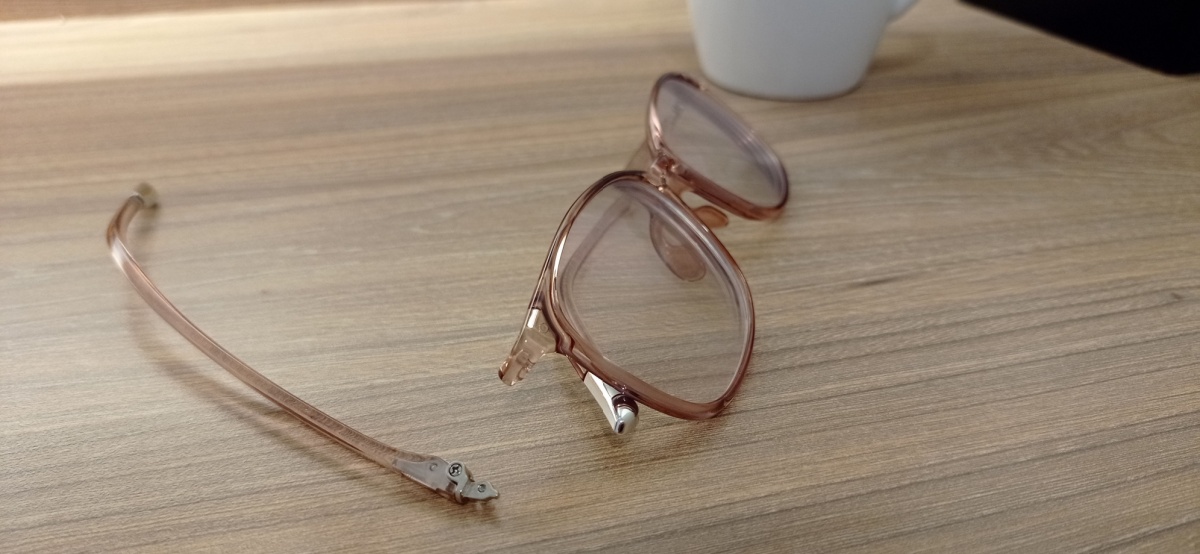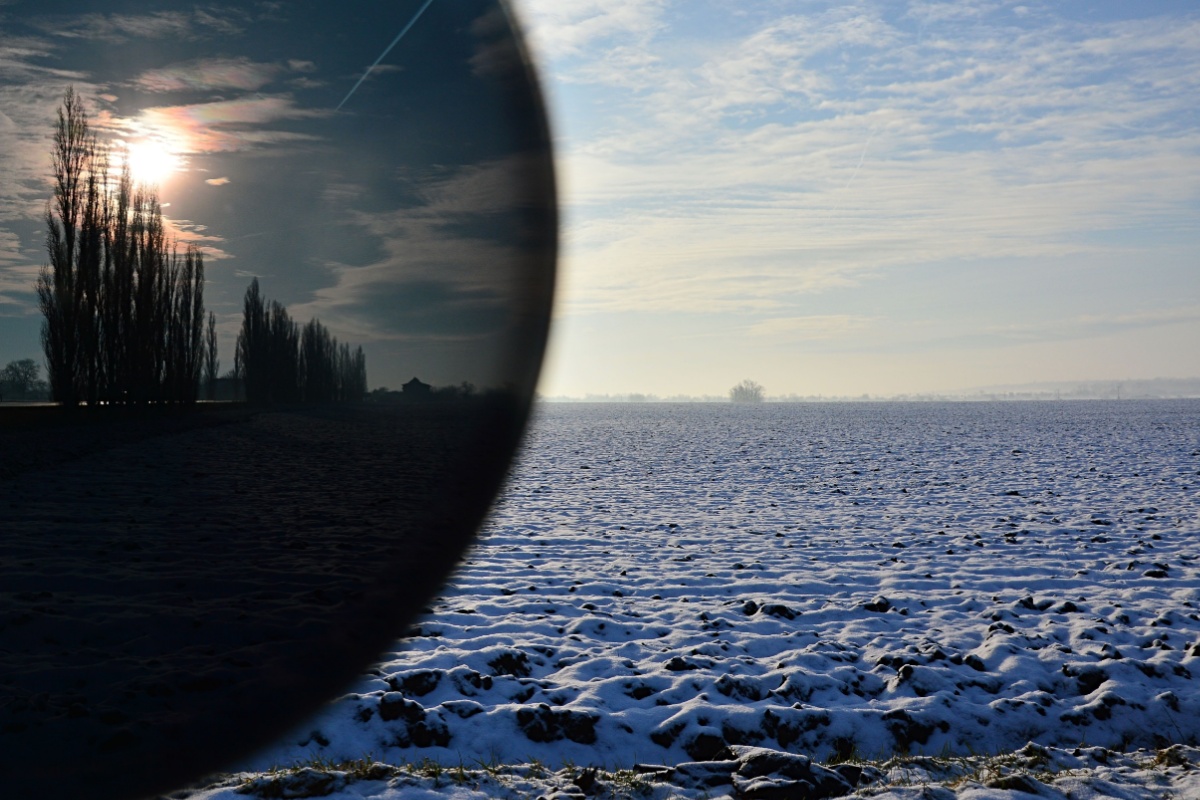Dealing with vision conditions can be a real hassle, causing inconvenience, discomfort, and stress in everyday life. From struggling to read the fine print on a medicine bottle to experiencing eye strain after a day at the computer, vision issues can significantly impact one’s quality of life. But here’s a bit of good news — gaining a solid grasp of your specific vision condition can genuinely make a world of difference. It can lead you to the right corrective measures and help alleviate many of the symptoms that cloud your day-to-day activities.

Warning Signs You Need New Glasses: Don’t Wait
For most of us, we want our glasses to go the distance. They look great, they were a decent investment,


